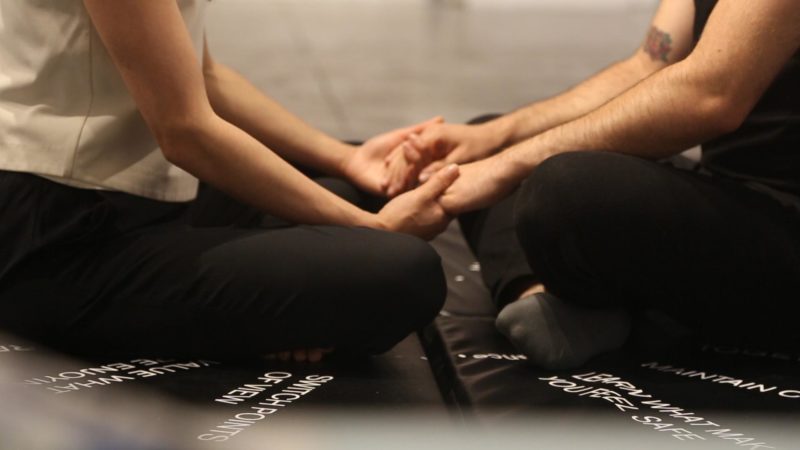Short description:
Practicing Distance is a multi-part guide for preparing for our futures together post-quarantine. In each part, Jeff Kasper offers a series of short practices, beginning with an introduction on four proxemic distances—intimate, personal, social, public—then facilitating guided creative exercises to engage with solo or with a partner in imagined physical proximity during the time of the pandemic and beyond.
Content Warning:
Is this for me?
Maybe or maybe not. The content of these exercises may not be for you at this time. The practices offered are not created from a clinical perspective, therapist, or counselor, and instead have been developed by artists for peer-support, community building and educational purposes. Some require comfortable participation in intimate conversations, guided reflection, and consent-driven closeness with another human. As mindfulness activities can be deeply challenging for many folks navigating the potential of dysregulation, please note that these activities are based in guided––rather than unguided––methods grounded in trauma sensitivity. Opt out of any interactive or contemplative material that feels unfit for you, at any time. Come and go as you please. You are the expert of your own body mind.
For more context, see Introduction.
Intimate distance [0-18 inches]: Noticing what it is to be close
Intimate space—the closest "bubble" of space surrounding a person. Entry into this space is acceptable only for a person's lovers, closest friends, and family members.
At this distance of interpersonal interaction, you would usually expect to be very close to another human, usually within one foot and sometimes touching. Intimate distance is reserved for those we are intimate with, for example a loved one, and if anyone else enters that space, it can feel like a very disturbing violation. One’s reaction will be visceral and immediate. If someone attempts to intimidate you by using intimate space the result is deeply uncomfortable.
Cooperation has to be about building on the fact that we’re all interconnected and intertwined in networks of care. So how do we actually start to expand our capacities for collective care? These practices of deep attention are a place to start.
I recommend practicing these activities alone or with a partner (2 players). Complete them separately and then sit 6 feet apart, or schedule a video call to participate. You may also want to invite a facilitator or care keeper, someone you trust, to work with you.


